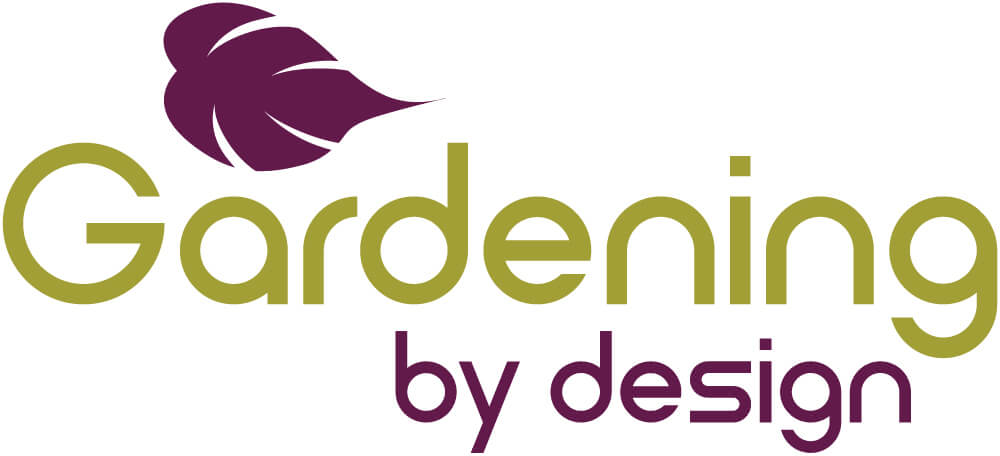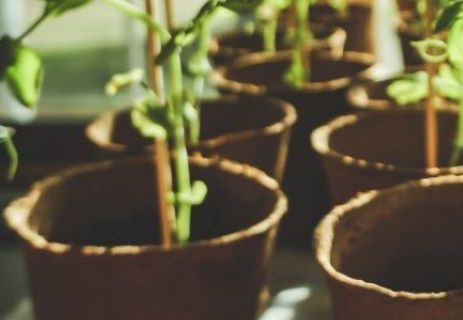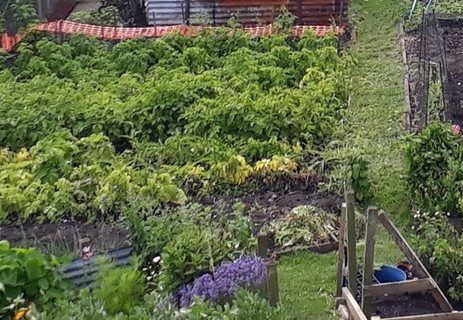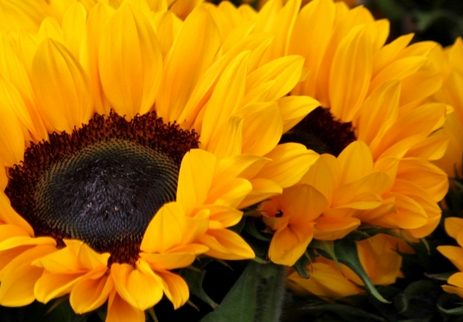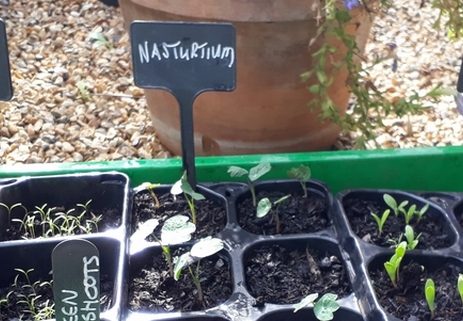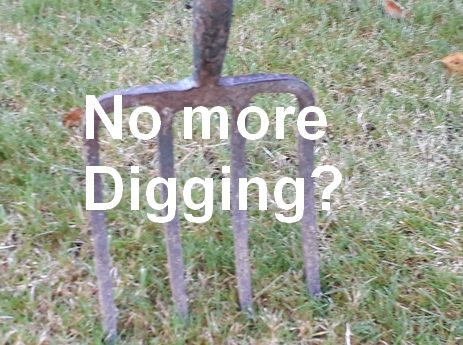Spring planting and the cold greenhouse
This blog for February gives me the ideal opportunity to discuss best use of the spring planting season and a cold (i.e. unheated greenhouse) if you have one. Gardening writing, including mine, regularly talks about ‘early spring’ rather than specifying a particular month because the advent of increasing temperatures varies so much from place to place even within south east...
